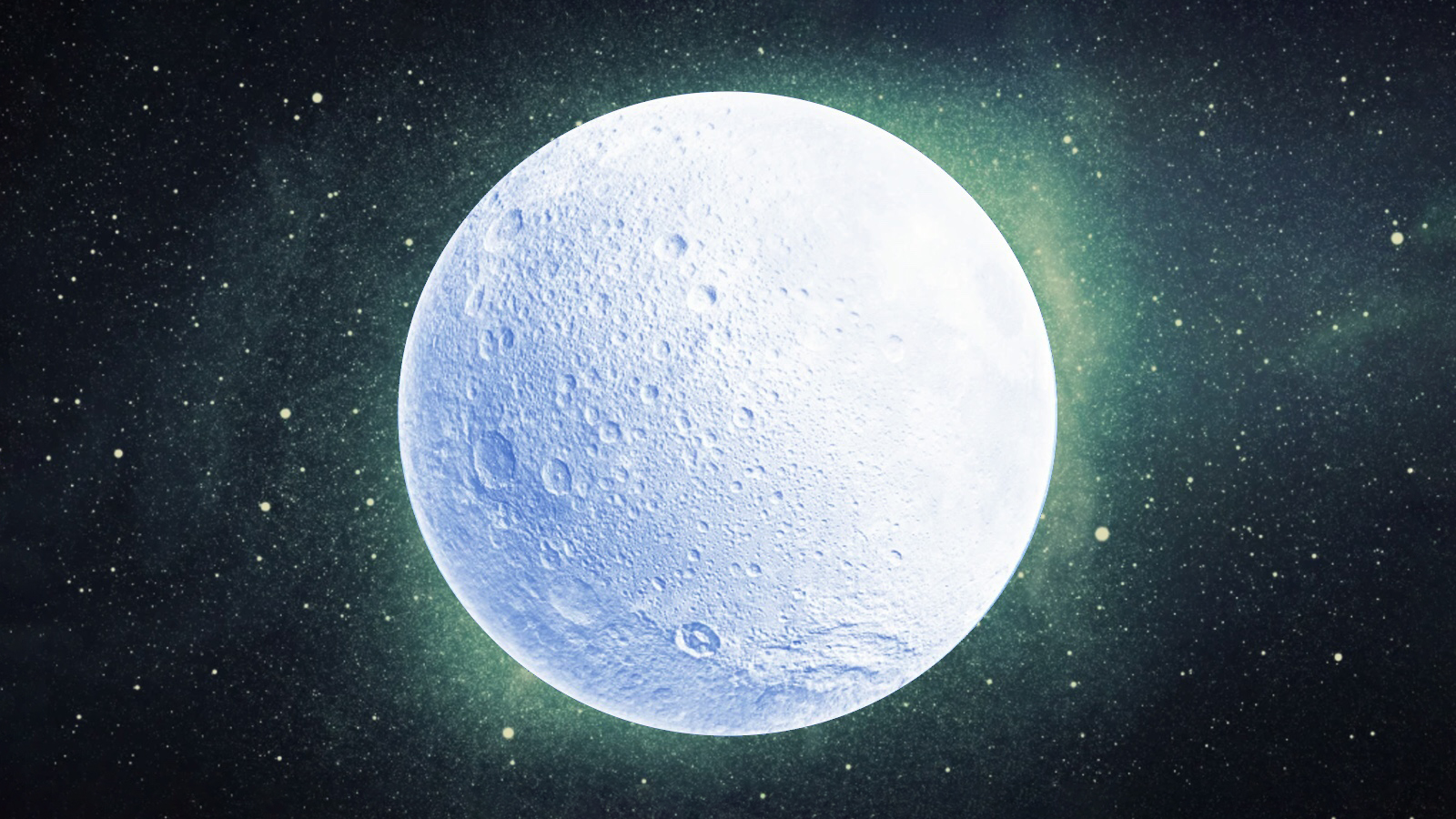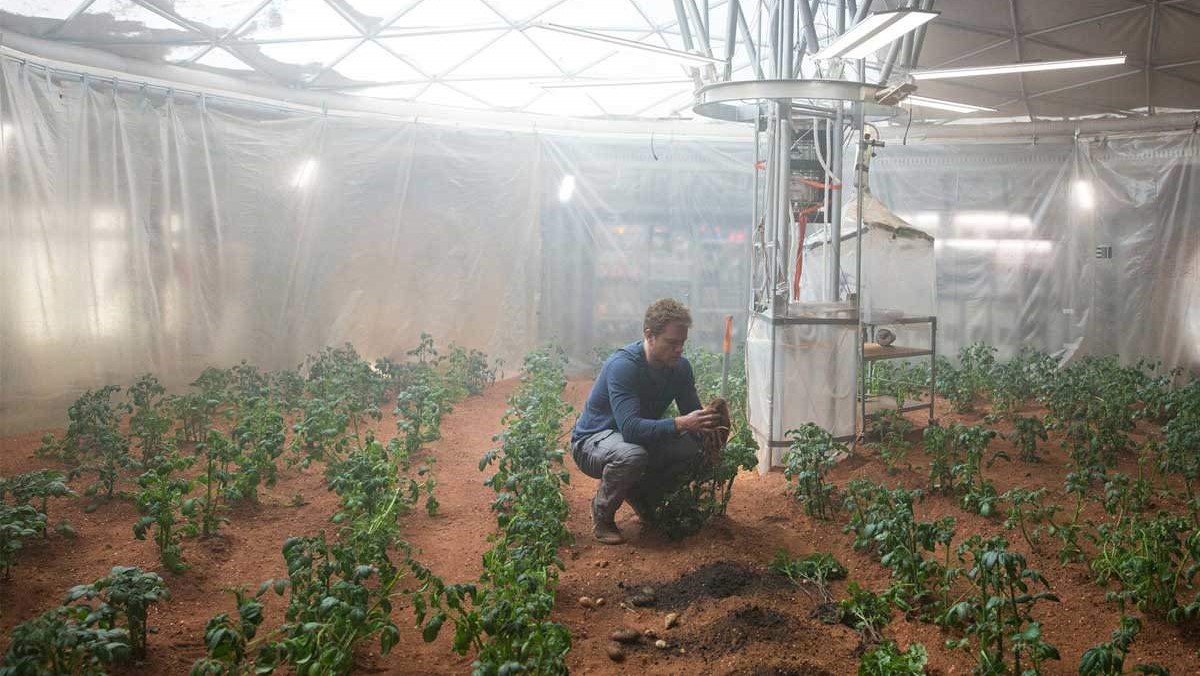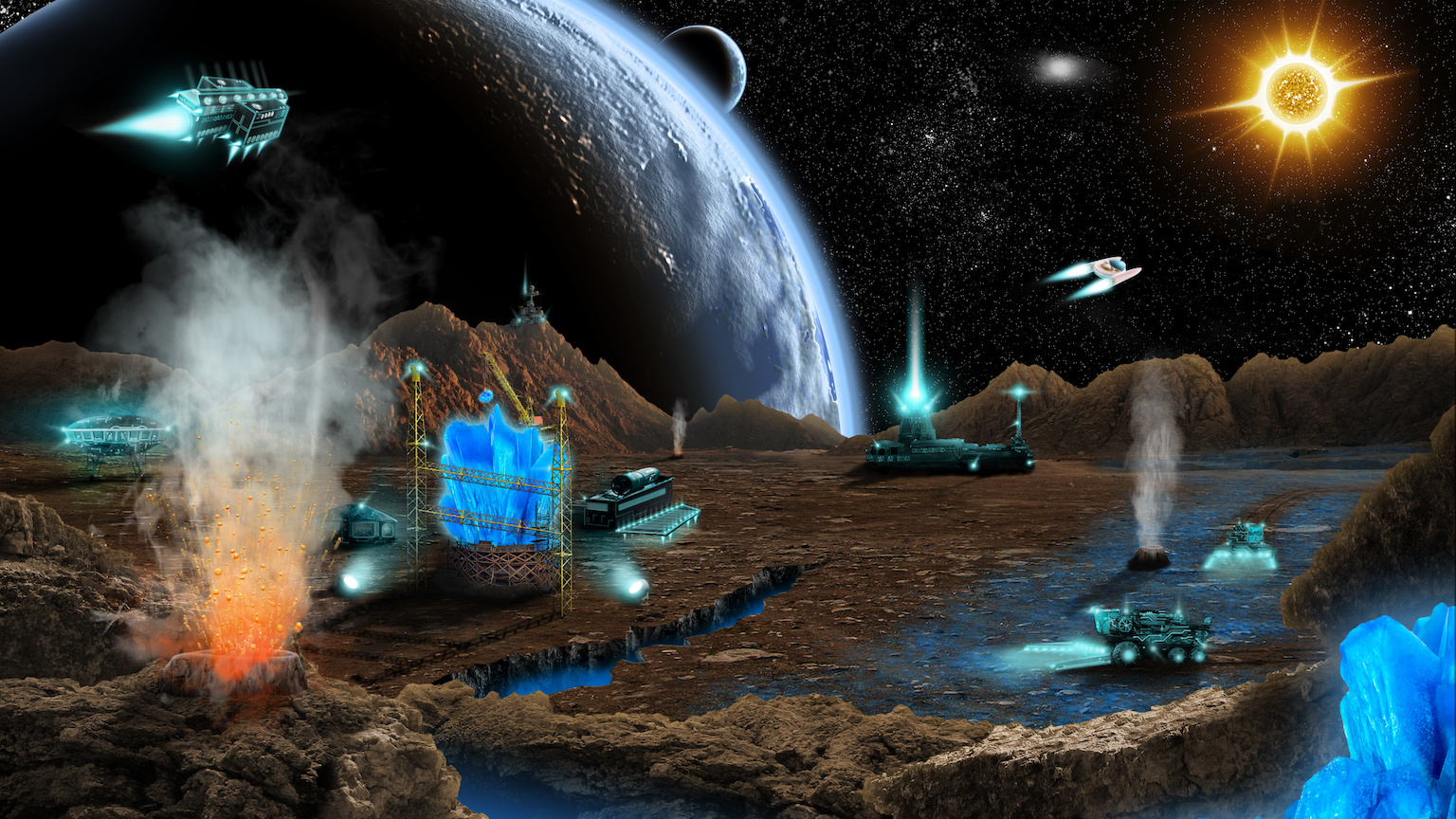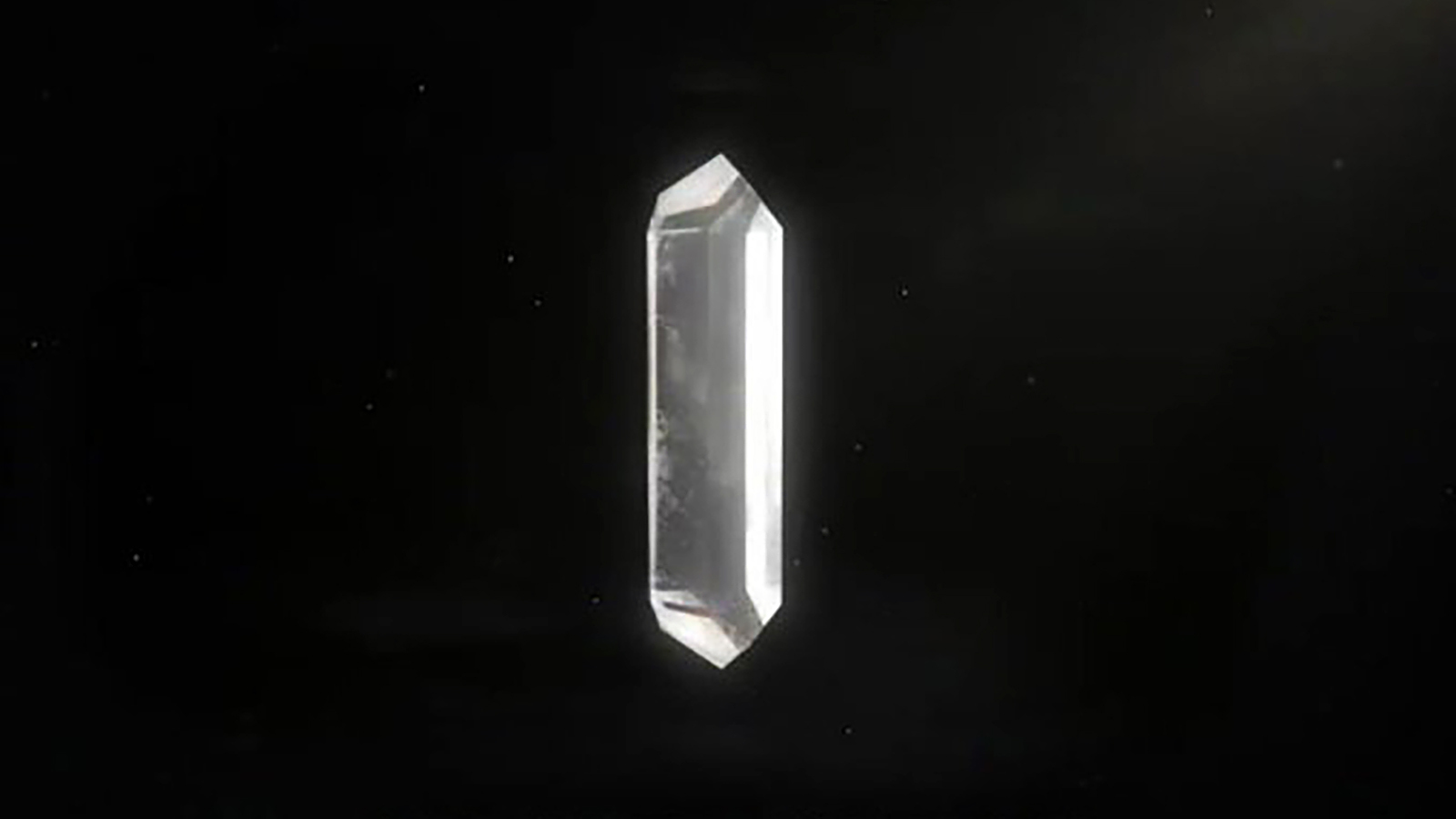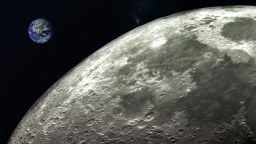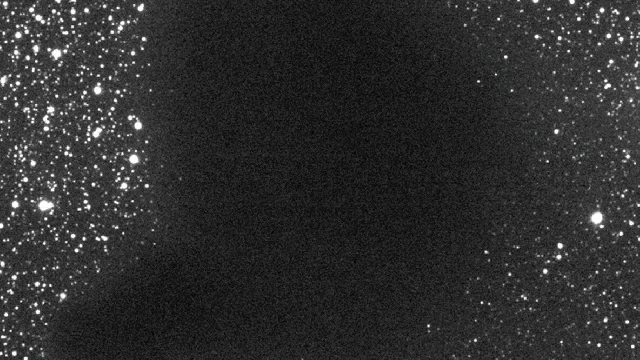We could do some amazing science with a human base on the Moon
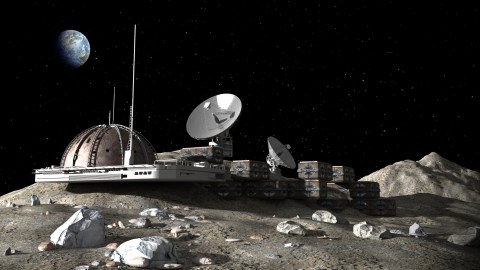
- A research base on the Moon could provide scientific insights that are difficult or impossible to obtain on Earth.
- One especially interesting line of research could determine if life ever existed on the Moon.
- Besides research, a Moon base would be a sensible intermediary step for extending human activities to Mars.
At a recent meeting held in Edinburgh, Scotland to consider ”Forming and Exploring Habitable Worlds,” Ian Crawford of Birkbeck College (UK) made a case for an ambitious project that may, at first glance, seem outside the purview of planetary science. We need, Crawford says, a human base on the Moon. Not only would such an outpost provide research infrastructure comparable to what we have in Antarctica, it would be a sensible intermediary step for extending human activities to Mars.
Better science on the Moon
One major focus of a lab on the Moon would be to study lunar geology and to take inventory of whatever resources the Moon may offer. The most valuable of these might be helium-3, which could serve as a future fuel for (relatively) safe nuclear fusion energy, since it is not radioactive itself and doesn’t cause the material around it to become radioactive. Helium-3 has been implanted by the solar wind into the lunar soil over billions of years, and even recently has been returned to Earth in a lunar mineral sample collected by the Chinese Chang’e 5 mission.
The Moon’s surface also would be a great platform for astronomy, especially radio-astronomy observations from the far side, which would be protected against radio interference from Earth. The resolution and clarity of telescope observations from the Moon would be far better than any achievable on Earth.
From a lunar base, astronauts could search for evidence of ancient astrophysical events that have been imprinted into the lunar rock record over billions of years. Because the Moon has no atmosphere and no magnetic field, the evidence should be well preserved. The lunar rock record could give us new information about violent events — including supernova explosions or asteroid strikes — that may have caused past mass extinctions on Earth. It’s been suggested that the so-called Late Heavy Bombardment that happened around four billion years ago sterilized or nearly sterilized the surface of the early Earth, which means it would have drastically affected the natural history of our planet. More recent research has cast doubts on whether the event really was that severe. On the Moon, we might be able to find out.
Crawford pointed out that we should be able to find rocks that originated on Earth scattered around the lunar surface. Very old rocks that haven’t been either altered by erosion or recycled by plate tectonics are hard to come by on our dynamic planet. On the Moon, they may be more plentiful, having been blown off the Earth’s surface by asteroid impacts.
Even more exciting would be to find traces of early terrestrial life — or proto-life — trapped for eons in ices at the bottom of lunar craters. Astrobiologists still have not figured out exactly how life originated on Earth, or how those first organisms may have looked and functioned. The Moon is very likely the only place where we could find out more about what’s often referred to as the Last Universal Common Ancestor (LUCA) of life. On Earth, any traces of LUCA are long gone.
Scientists at a lunar lab would have plenty of astrobiological research to keep them busy. They could examine the six Apollo landers and other relic spacecraft on the Moon, including the many that have crashed onto the surface, to analyze whether any microbes they may have carried are still alive, even if just in a dormant stage that might allow them to be reanimated. Or, if no such microbes are found, we might still find traces of organic molecules they left behind. How did the microbes decay over time in the harsh lunar radiation? That could help us understand what kinds of remnants of life we might find in another high-radiation environment, like the surface of Mars.
Was the Moon habitable?
Another possible area of study, perhaps a bit more speculative: Crawford and I wrote a paper a few years ago suggesting that the early Moon may have been borderline habitable for a geologically short period of time. Many of the extensive lunar lava plains, which we see as dark patches with the naked eye, were created about 3.5 billion years ago. During that time, heavy volcanic outgassing would have occurred, which may have built up an atmosphere about one percent as substantial as Earth’s — greater than what currently exists on Mars, and with enough atmospheric pressure to keep water liquid on the lunar surface for perhaps a few million years.
Newer results, like the recent discovery of widespread hematite on the Moon, may support that hypothesis. On Earth, hematite usually forms when iron-containing rocks undergo weathering and are exposed to water. We know that microbial life already existed on Earth 3.5 billion years ago, and it could have been transferred by asteroid impacts to the Moon, where the microbes would have found a habitable (that is, watery) environment, at least for some time. Scientist-astronauts at a lunar base could test our hypothesis by searching for water-rich minerals in geological layers sandwiched between ancient lava flows, which could be evidence of water near the surface during some past period when the Moon was potentially habitable.
Perhaps the biggest prize of all would be to find alien artifacts on the Moon, if they exist. Over the roughly 200 million years it takes our Solar System to orbit the center of the Milky Way, fragments of ancient technological civilizations may have been deposited on the Moon. Or an advanced extraterrestrial civilization could have built a monitoring post there to observe us. (Wouldn’t we do the same on a distant exoplanet where we have detected a biosphere? It’s a possibility worth investigating.)
The good news about placing a research outpost on the Moon is that we wouldn’t have to worry about stamping out existing lunar life forms. Mars has many such planetary protection concerns, since life may still exist in ecological niches like salt rocks, lava tube caves, hydrothermal active areas, and the deep subsurface. That’s not an issue on the Moon.
Even if lunar research doesn’t end up shedding much light on life beyond the Earth-Moon system, it may help us survive by providing clean energy for the future. That by itself should give us enough motivation to build an outpost on the Moon.
